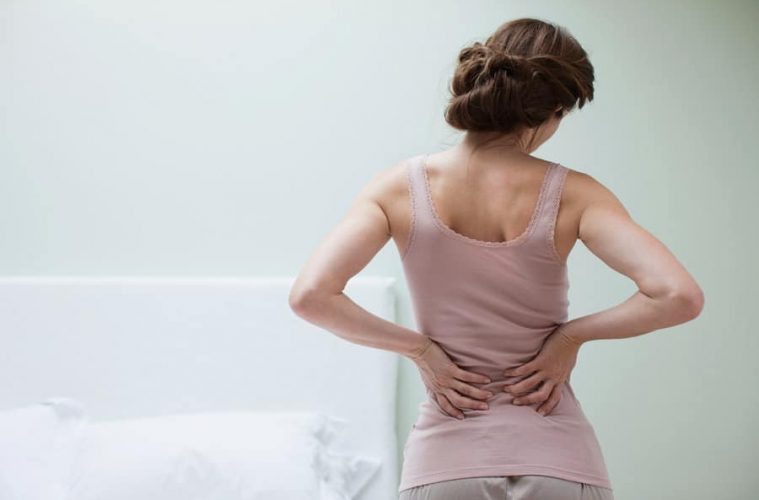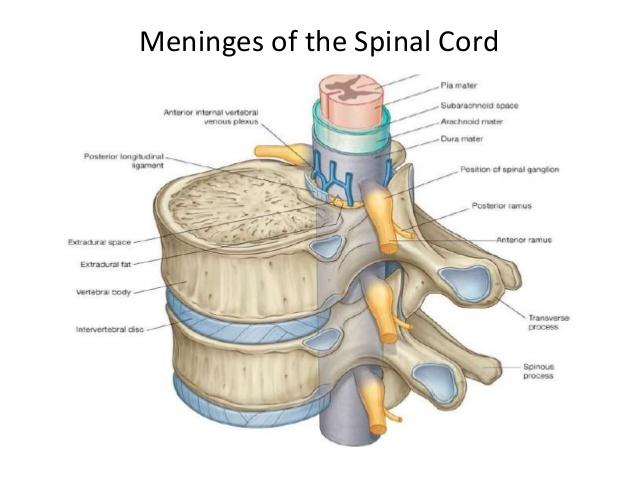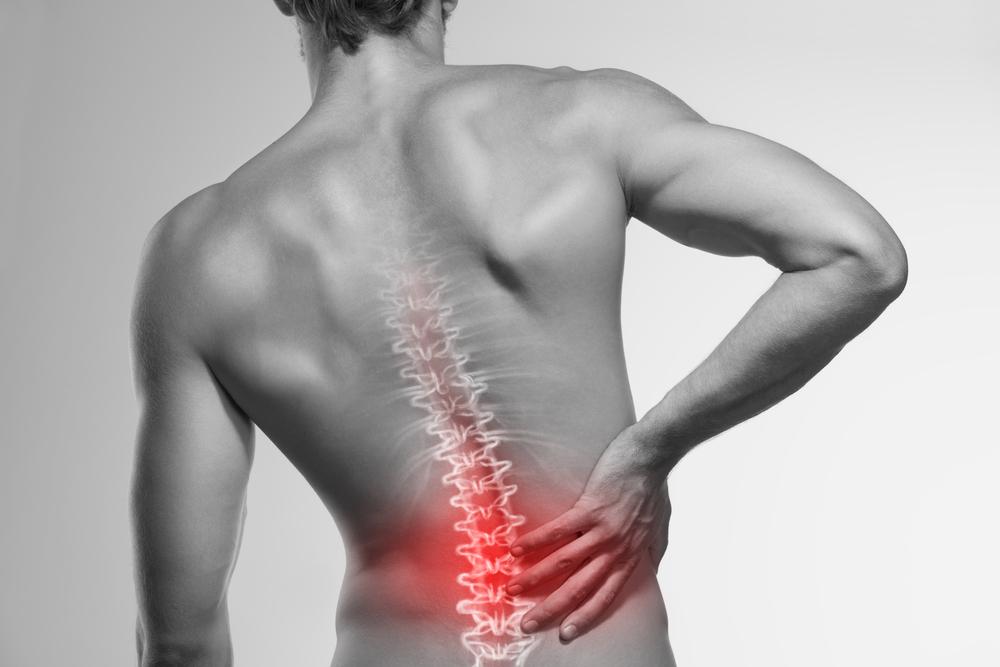
Your spine is comprised of two main parts. A vertebral body and an intervertebral disc. These structures form a fibrocartilaginous joint which acts as shock absorbers in the spine.
Unfortunately, as we age, certain structures within our body become worn out or start to degrade. As such, certain degenerative conditions can surface, one of which is Disc Desiccation.
What Is It?

Disc desiccation is a degenerative disease affecting older people. The intervertebral discs can become “chronically dehydrated” so to speak and lose their elasticity and shock absorbing properties.
It is a condition that can cause a lot of pain and discomfort, unfortunately.
What Causes It?

As this is a degenerative disease, the most common risk factor is age. That doesn’t mean that younger people can’t get it too. This is because there are other causes of disc desiccation, like trauma to the spinal region, improper weightlifting and sudden weight gain, causing supplementary exertion on the vertebral discs.
What Are The Signs?

Usually, when someone is suffering from disc desiccation they can experience back pain especially in the lumbar area. This pain can also radiate towards other areas of the body like the hips and legs or if the pain is located in the upper back region, to your neck and hands.
There is also a sensation of weakness and/or tingling in said areas. But the most debilitating symptom is the pain caused.
How To Spot It?

Most commonly, after a qualified doctor has performed the necessary physical exam, which will entail inquiring details regarding the debut of symptoms and their characteristics, an X-ray, CT scan or MRI may be ordered. These imaging tests will allow your doctor to get a clear picture of the condition of your spine including the structure of the disc.
How Can It Be Treated?

There are many treatment routes to go for with this condition. There are traditional, surgical methods, as well as non-invasive alternative ways.
Massage therapy is a great way to alleviate some of the pain associated with disc desiccation. A professional masseur can decrease tension within the back, while also relaxing the sufferer. Also, yoga can be of great benefit as the stretching and balancing required will definitely ease the pain.
Taking a natural pain reliever like Turmeric or Willow bark sometimes offer relief. Stronger alternatives would be painkillers prescribed by a doctor.
There are also surgical options like vertebral fusion, surgical decompression or synthetic implanted discs. A surgeon will lay out what is best for each individual’s requirements and situation.
Consult A Doctor

You should always consult your doctor regarding any pain associated with your spinal area. Getting regular check-ups is highly suggested especially for older people.
Trying to prevent any degenerative disease is also of great value, as the saying goes “an ounce of prevention is worth a pound of cure”. Try to always stay hydrated, maintain a healthy weight and avoid smoking. These are all tips that can help you avoid any spinal conditions.
